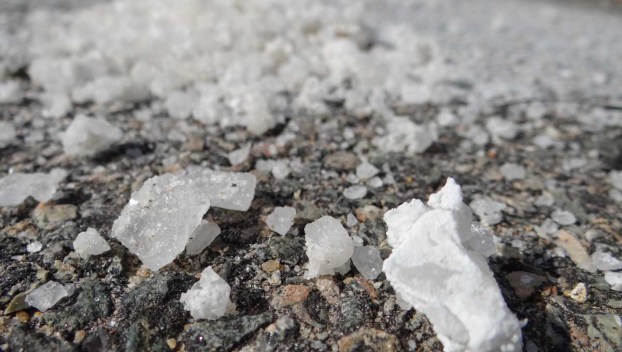
Cnhi Network
Salt keeps icy roads safe. It’s also putting North America’s freshwater lakes at risk.
In the 1940s, Americans found a new way to love salt. Not simply for sprinkling on food - ... Read more

In the 1940s, Americans found a new way to love salt. Not simply for sprinkling on food - ... Read more